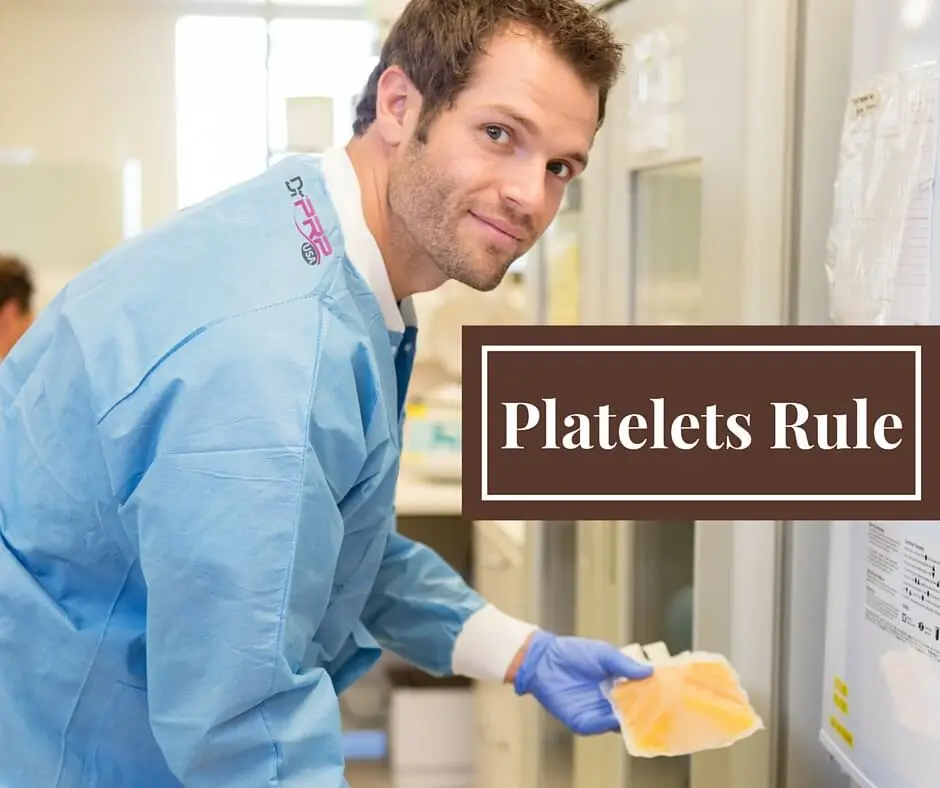| Item | Price | Qty | Total | |
|---|---|---|---|---|
 Loading Cart...
Loading Cart...The Growth Factor Showdown: Plasma Vs Fibrin

Yep, it’s Platelet-Rich Plasma. There has been numerous speculations about which one among the latest Platelet-Rich family was the greatest—is it the plasma or the fibrin or even latest the A-fibrin? That confusion is somewhat over now.
Platelet-products are known to facilitate angiogenesis, hemostasis, osteogenesis, and bone growth. But see, the only reason plasma can do that is because of the growth factors it carries. Let’s review the specific roles of these growth factors in the healing process.
Growth Factors In Platelet-Rich Plasma
These are growth factors that are traditionally known to have played a vital healing role in PRP. If you’re seeing your patients get better as a result of that injection you gave, these are guys you need to thank for.
Platelet-Derived Growth Factor (PDGF): Regulates cell growth and division. Especially in blood vessels. In other words, this guy is the reason the blood vessels in our body reproduces.
Transforming Growth Factor Beta(TGF-b): Responsible for overall cell proliferation, differentiation, and other functions.
Fibroblast Growth Factor (FGF): Plays a vital role in the wound healing process and embryonic development. Also behind the proliferation and differentiation of certain specialized cells and tissues.
Vascular Endothelial Growth Factor: Responsible for vasculogenesis and angiogenesis. Restores oxygen supply in cells when inadequate. It also helps create new blood vessels after injury.
Keratinocyte Growth Factor (KGF): Found in the epithelialization-phase of wound healing. In other words, it causes the formation of epithelium immediately after a wound or injury occurs.
Connective Tissue Growth Factor: Major functions in cell adhesion, migration, proliferation, angiogenesis, skeletal development, and tissue wound repair.
These growth factors are what enables a Platelet-Rich product in tissue regeneration.

However, this new study suggests Platelet-Rich Plasma and it’s gelled cousin Platelet-Rich Fibrin both differ in the release of these growth factors which can significantly affect the healing outcome.
Here’s the takeaway:
“The advantage of PRP is the release of significantly higher proteins at earlier time points whereas PRF displayed a continual and steady release of growth factors over a 10-day period.”
Some argue that PRP enriched with large number of growth factors (a portion of it may even be excess) produce short-term effect and so is less desirable than a PRF whose release is slower and thus more beneficial in the long run.
That being said, PRF do have some advantage over PRP. Mainly:
- It doesn’t need thrombin and anticoagulants.
- It results in better healing due to its slow polymerization process.
- And it helps in hemostasis.
How Platelet-Rich Plasma Differs From Platelet-Rich Fibrin
Platelet-Rich Plasma is a result of double spin method — a hard spin to separate red blood cells from everything everything else in the autologous (or whole) blood and a soft spin to separate the platelets and white blood cells. The result is Platelet-Rich Plasma (PRP), Platelet-Poor Plasma (PPP) and Red Blood Cells.
PRF is a newer method. Here after the first centrifugation, the middle layer is taken—which contains less platelets but more clotting factors. This gradually forms into a fibrin network and traps in the cytokines. It is then centrifuged in a PRF centrifuge resulting in PRF, a fibrin layer containing platelets and plasma.
What Matters In Healing
Obviously, when it comes to accelerating healing, immediate availability of growth factors and cytokines matter. So I believe PRP does a better job in this than PRF. Also the immediate release of growth factors for PRP means we can repeat the PRP injections for more healing factors just days after initial injection.
Platelet-derived products are in it’s infancy now. However, considering the huge potential benefits, there’s still a lot more research to be done. How about you? Which of these do you find beneficial?
If you’re a physician using any or both of these, do write to us and let us know of your experiences. Use the contact form here.


